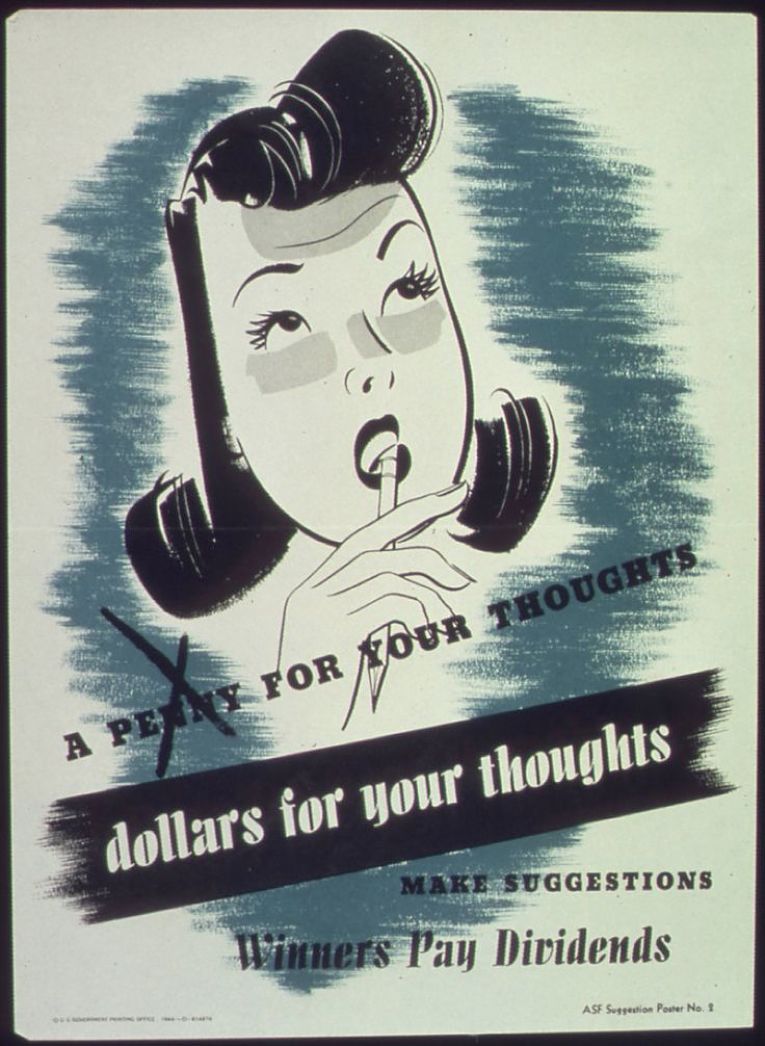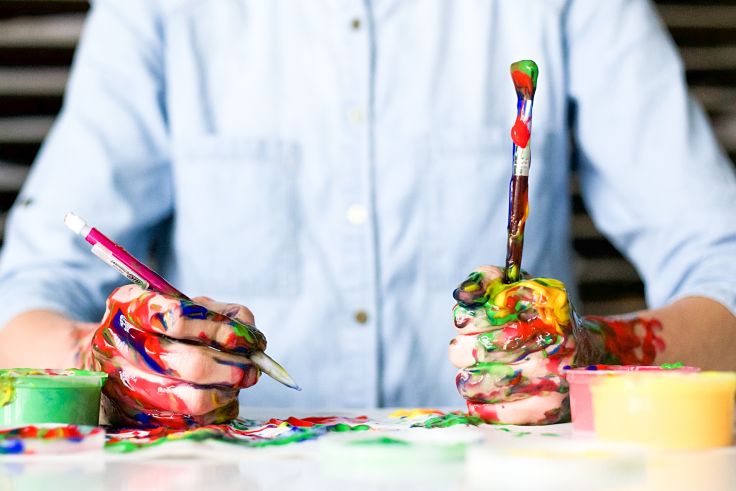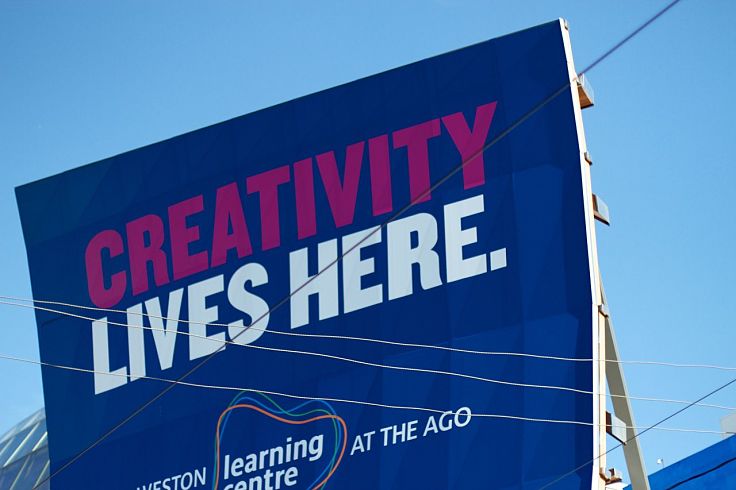How to Write Creatively: Unleash Your Imagination, Ideas
Some people are born to be creative, but the idea that gifted creative people sit around waiting for a creative spark or thought to spring to mind is largely a myth.
Many creative writers have draconian work schedules and work to a script of set work periods each day. The ideas come when they physically sit down and start to write. They don't wait for the idea to pop until their heads. Their schedule and discipline keeps the creative juices flowing.
Taking the next step - is it possible to learn to be creative, when you don't appear to have what it takes? Can creativity be taught? Also, does the spark of creativity some people are born with tend to get snuffed out if it is not nourished and nurtured like a seed?
Recent research as shown that the mind can be primed to encourage creative ideas to emerge.
Likewise, the failure to support, encouraged and created an environment to support creativity can make it wither and die, or at least hibernate.
This particularly applies to schools where embryonic creativity first appears. What roles do schools play in helping foster creativity? Work place design can help support creativity.
This article reviews recent research on this topic.
How Can Teachers Breather Life into Creative Sparks of their Pupils and Create the Right Environment and Discipline?
There is growing evidence that many schools crush or snuff out the flickering innate creative talents of their students. There appears to be a growing trend for conformity and active discouragement of students who think differently. Research has shown that students who stood out from the 'crowd' and did things differently, tended to perform better in creativity tests than those who conformed better at group behavior. There was evidence that environments where people are encouraged to conform, tended to quell creativity.
Prominent researchers in the field have emphasised that creativity should be taught as a discipline in highs schools and colleges when students are in the formative years. Several Universities have established creativity departments. Also, creative study units have been established in many universities, colleges and highs schools throughout the world.
What Methods and Techniques can be Taught to Develop Creativity?
There four fundamental components which have different names buy encompass the same principles.
1. Clarifying - which means making sure you understand the right question or design objectives at the outset. Lateral thinking is fine for exploring ideas but to achieve the solution requires and understanding of the brief and scope for the job.
2. Prototyping and Exploring Ideas - Many designers and creative thinkers are too hasty to exit from the idea exploration phase. They assume that the first inspiration is the best. Often it is only by developing a huge number of ideas from all sorts of perspectives and directions, that the best ever ultimate solution can be found. Finding ideas is a discipline that can be taught.
In many creative design courses students are require to prepare 60 or more design concepts and ideas and to evaluate the merits of each one. Taking short cuts and assuming you have the best outcome from a handful of ideas can often fail miserably.
3. Developing - This involves taking a handful of ideas to the next stage and evaluating them in detail. This may involve consulting with others and incorporating their feedback and suggestions.
4. Implementing - This is the process of making the idea work in practice and move from theory and sketches into final tested prototypes.
Learning the Art of Divergent Thinking and Allowing it Happen
At the heart of teaching people to be more creative and more productive in finding simple elegant solutions is divergent thinking. This is unconventional thinking in problem solving along a diverse array of directions. This means actively considering a variety of aspects perspectives and angles to solve the problem. It also means considering an array of diverse information and considerations that affect the design outcome and solution. It also means deliberately thinking in unusual ways when trying to solve problems.
The method is a combination of encouraging diversity of ideas and unconventional thinking not only to encourage people to get new ideas and thought bubbles via brainstorming, but then working through all the other ideas that develop from that kernel. The concept is not to find a single idea, but a treasure chest of ideas collected from divergent thinking.
While teaching divergent thinking skills and the discipline of exploring and assessing a suite of options is not going to make student creative geniuses, it well help support and nurture the innate creativity that lies within student's brains and help the seed grow and blossom.




